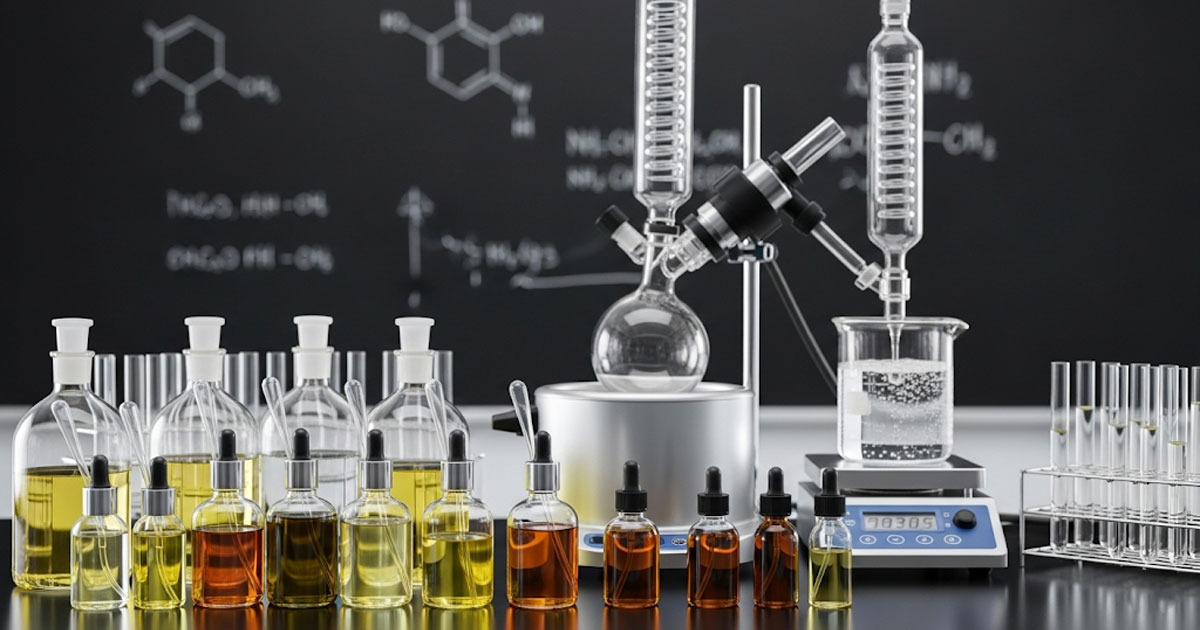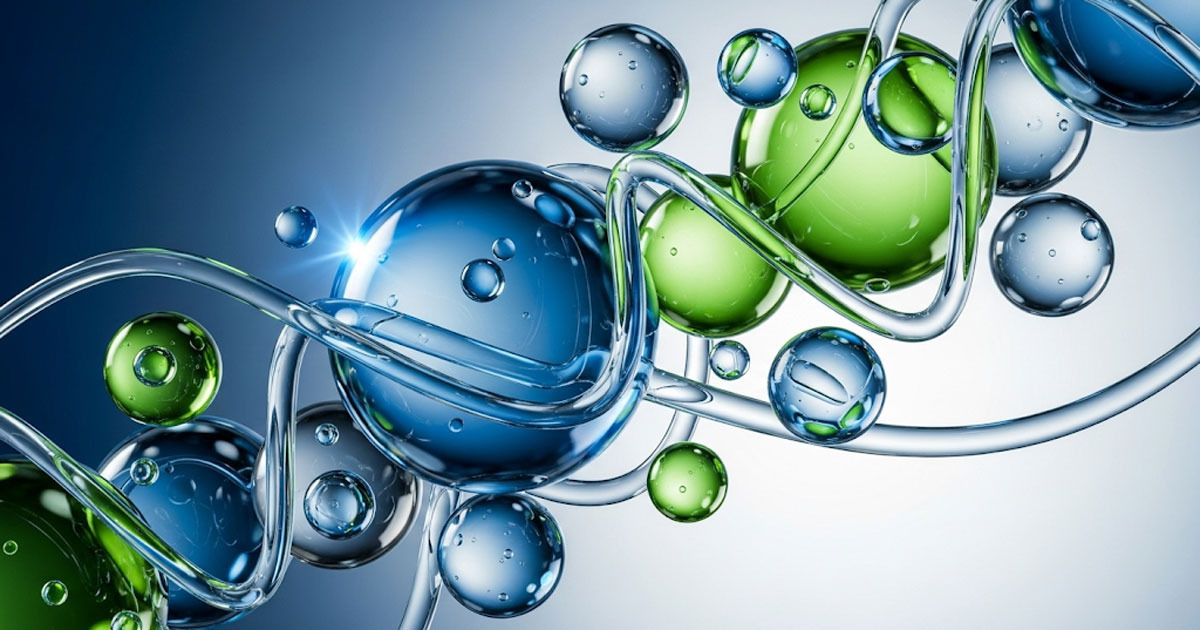The Surge in Antibacterial Hand Wash Demand
Global interest in antibacterial hand wash has reached unprecedented levels in recent years, driven largely by public health crises and consumer awareness. From healthcare institutions to everyday households, the demand for effective hand hygiene solutions has become more urgent and widespread.
This increase is not merely seasonal it reflects a structural shift in consumer behavior and institutional protocols. The pandemic served as a catalyst, dramatically shifting public perceptions about hygiene, especially in emerging markets.
Consumers now expect higher efficacy and transparency from the products they use. As a result, antibacterial hand wash has transitioned from a niche necessity into a mainstream commodity, occupying prominent shelf space in both retail and industrial supply chains.
In parallel, manufacturers are responding by reformulating legacy products and innovating new blends. Antibacterial claims now demand evidence-based testing, long-lasting protection, and alignment with the latest scientific data. Innovation is no longer a luxury it is a baseline expectation in today’s market.
Regulatory Landscape: 2025 and Beyond
Navigating Global Regulatory Updates
The year 2025 marks a pivotal turning point for manufacturers of antibacterial hand wash. Regulatory agencies across Europe, North America, and Asia are intensifying oversight of active ingredients, claims validation, and environmental impact.
For example, the European Chemicals Agency (ECHA) is tightening restrictions on preservatives and antimicrobial agents such as triclosan and chloroxylenol. Meanwhile, the U.S. Food and Drug Administration (FDA) continues to enforce its 2016 ruling, demanding clear scientific evidence for antibacterial efficacy.
By 2025, additional provisions will be implemented, particularly around safety assessments for long-term dermal exposure. Global harmonization efforts, while still in progress, are encouraging formulators to standardize across key markets.
For product developers, this regulatory shift necessitates proactive adaptation. Reformulation must consider permissible biocidal agents, allergen-free claims, and biodegradability. Compliance no longer ends with passing a microbial efficacy test; it now extends into toxicology, user safety, and ecological sustainability.
Formulation Trends and Technological Shifts
From Traditional Agents to Next-Gen Biocides
To align with 2025 compliance demands, many manufacturers are phasing out legacy antibacterial ingredients. Emerging bio-based actives like lauric arginate, citric acid complexes, and silver nanoparticles are gaining traction as safe, effective alternatives.
These options not only meet regulatory thresholds but also align with growing consumer preference for naturally derived components. Microencapsulation and nanotechnology are also playing an increasing role in enhancing antibacterial performance.
These technologies enable controlled release mechanisms, ensuring prolonged efficacy without overwhelming the skin microbiome. Compatibility with gentle surfactants and skin-conditioning agents is essential to prevent irritation during frequent handwashing.
Formulators must also focus on pH optimization and rheological consistency to improve user experience. Stability under various storage conditions, ease of rinsing, and sensory perception (such as fragrance and texture) are critical for consumer acceptance. The technical challenge is to deliver regulatory-compliant efficacy while preserving sensory appeal and brand identity.
Strategic Implications for Manufacturers
Compliance as a Competitive Advantage
Manufacturers who invest early in reformulation and testing will not only avoid penalties but also gain a strategic edge. Retailers and institutional buyers are increasingly demanding full documentation of regulatory adherence, safety data sheets, and third-party certifications.
Marketing departments must be fully aligned with R&D and legal teams to ensure that on-pack claims reflect verified data. Phrases such as “kills 99.9% of bacteria” are under increasing scrutiny and must be substantiated by laboratory testing per ISO 22196 or ASTM standards.
In the coming year, agility will define market leadership. Brands that can innovate swiftly while ensuring full compliance will be better positioned to serve both B2B and B2C markets. This includes hospitality chains, healthcare providers, and e-commerce platforms each with its own set of standards and expectations.




